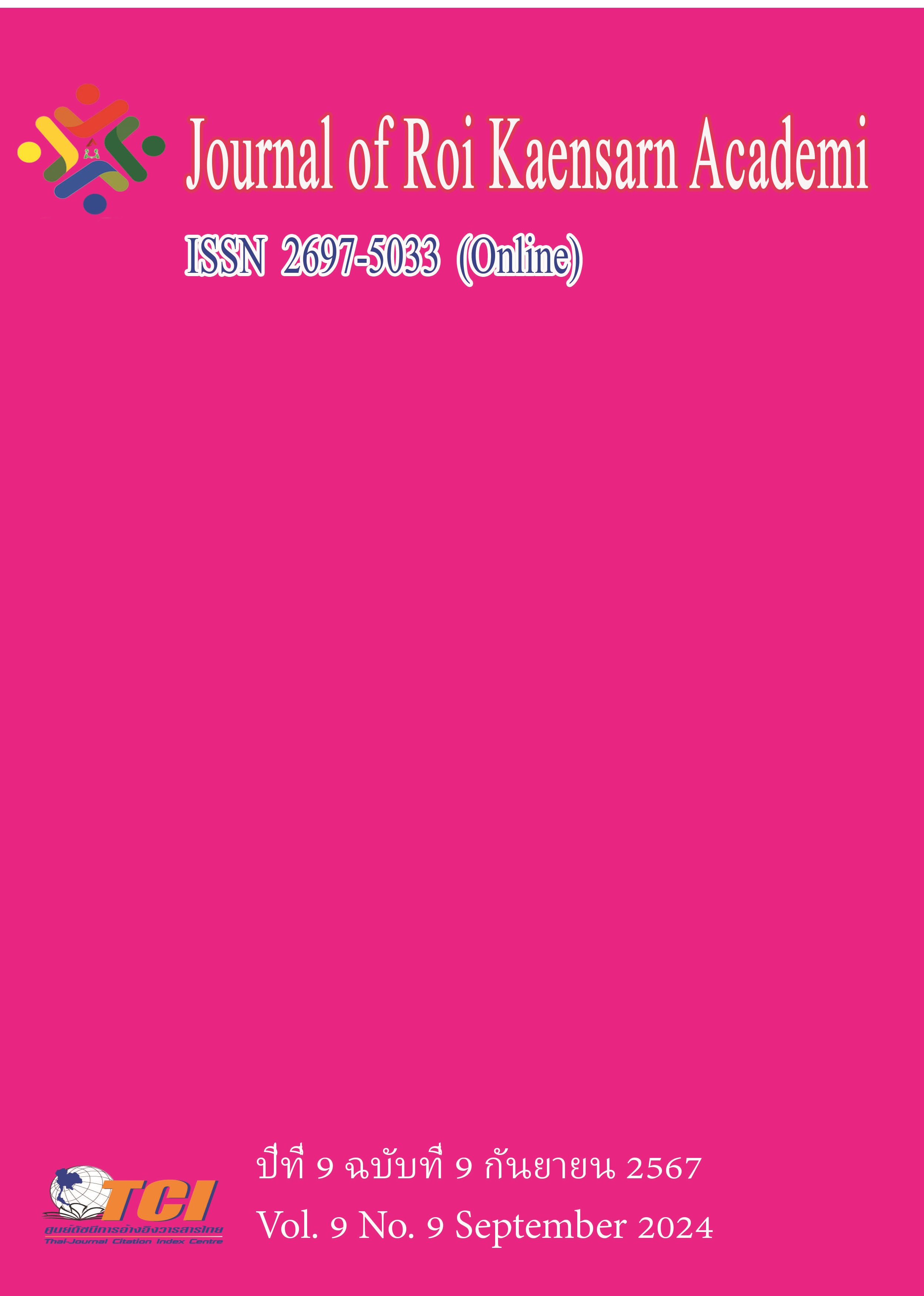The Exploration and Creative Research of Transparent Leather in Interior Decorative Products Design
Main Article Content
บทคัดย่อ
This research aims to explore the innovative application of transparent leather in modern decorative arts, focusing on its historical significance and unique material properties. The study employs a mixed-methods approach, utilizing literature review, comparative material analysis, bionic design, and experimental art practice. The research sample includes transparent leather and traditional vegetable-tanned leather, with various decorative art pieces created as part of the study. Research instruments involved comparative analysis tools for assessing material properties, design sketches for bionic inspiration, and traditional leatherworking tools. Data collection was conducted through observation, material testing, and documentation of the creative process. The research analysis focused on comparing the physical properties of transparent leather with traditional leather and evaluating the artistic outcomes of the design experiments.
The research results found that transparent leather offers superior light transmission, hardness, and plasticity compared to traditional vegetable-tanned leather. These properties make it an ideal material for innovative applications in modern decorative arts, allowing for the creation of aesthetically appealing and culturally significant artworks. The study concludes that transparent leather has significant potential in contemporary design, offering new avenues for artistic expression and contributing to the revitalization of traditional crafts.
Article Details
เอกสารอ้างอิง
Chen, F. P. (2003). Shadow theaters of the world. Asian Folklore Studies, 62(1), 25-64.
Corsini, D. E. Ö. (2021). Aesthetic and cultural approach to the change in the making techniques of Karagöz figures. Art-Sanat, 16, 437-463. https://doi.org/10.26 650/artsanat.2021.16.0015
Kao Gong Ji. (n.d.). In Zhou li [Rites of Zhou]. (Original work compiled ca. 500 BCE).
Karana, E. (2010). How do materials obtain their meanings? METU Journal of the Faculty of Architecture, 27 (2), 271-285. https://doi.org/10.4305/METU.JFA.2010.2.15
Li, J. (2020). Chinese shadow play. In The Routledge encyclopedia of traditional Chinese culture (pp. 389-399). Taylor & Francis Group.
Liu, J. (1999). Chinese folk art. Acrobatics. Puppet show. Shadow play. In Chinese culture and arts series. Culture and Arts Publishing House.
Orr, I. C. (1974). Puppet theatre in Asia. Asian Folklore Studies, 33 (1), 69-84. https://doi. org/10.2307/1177504

